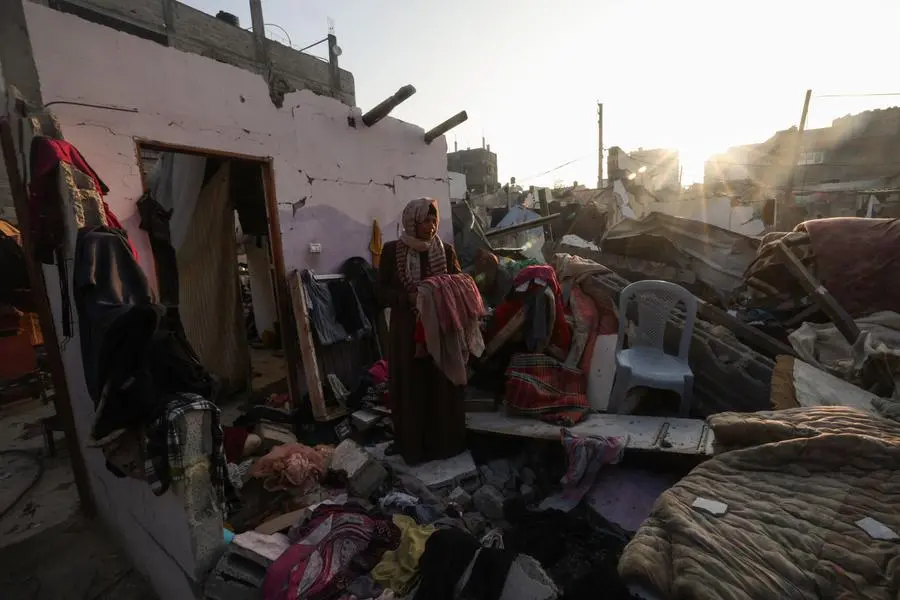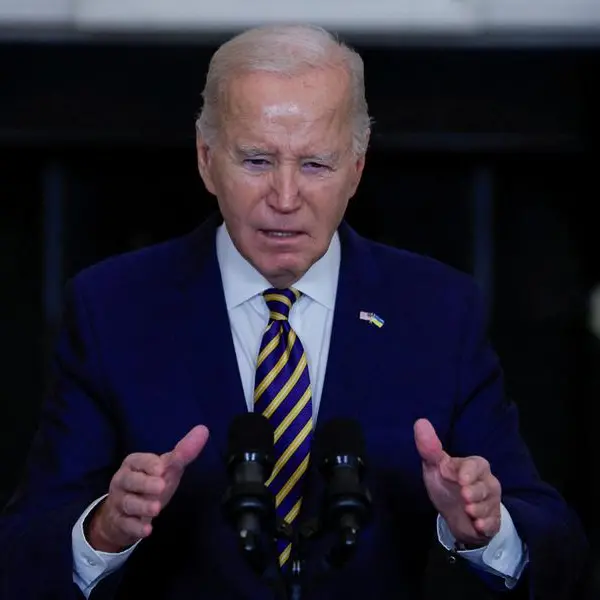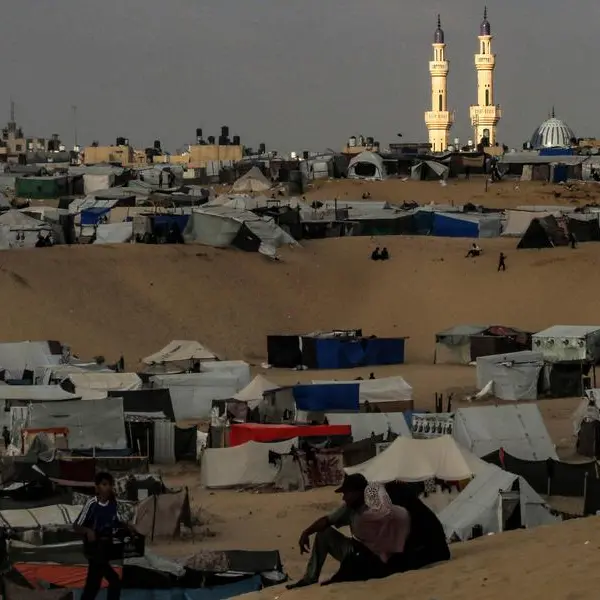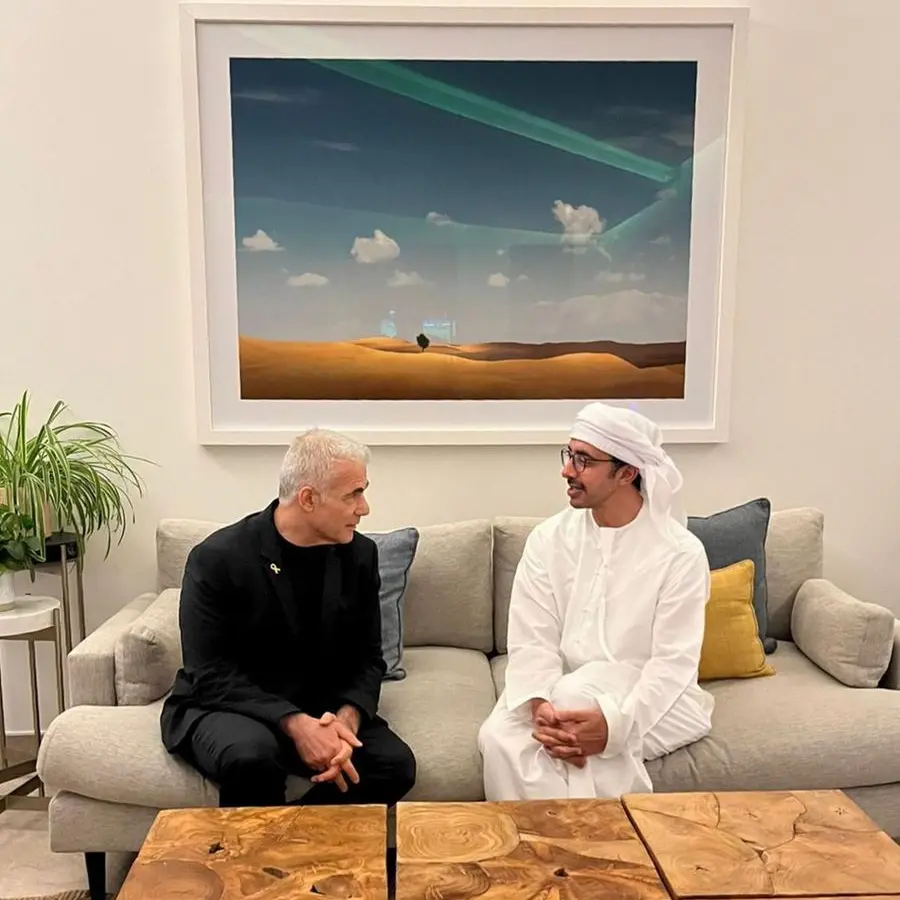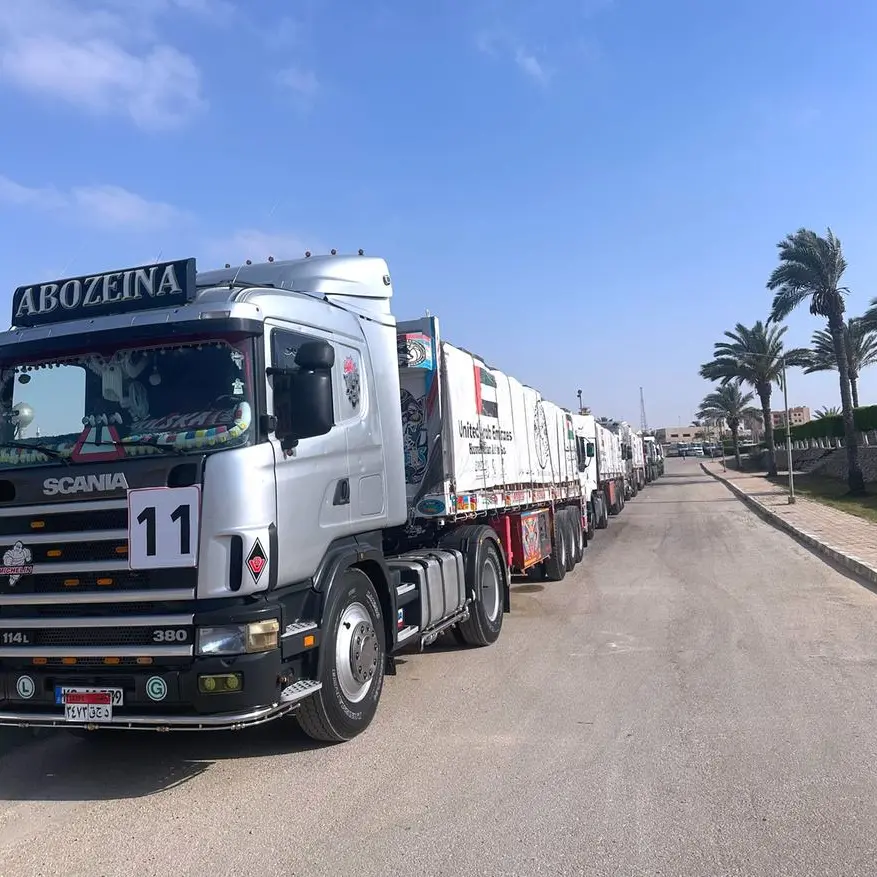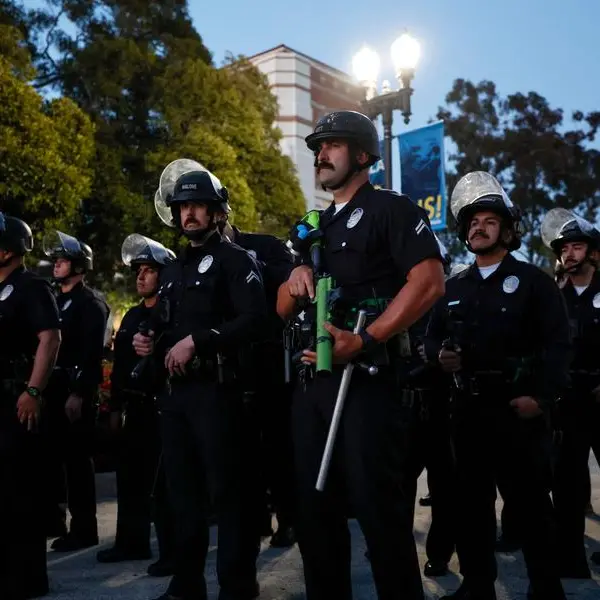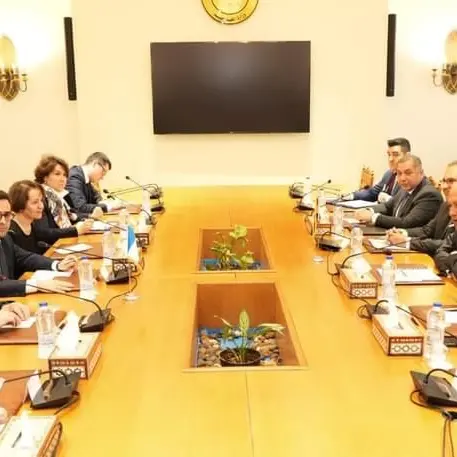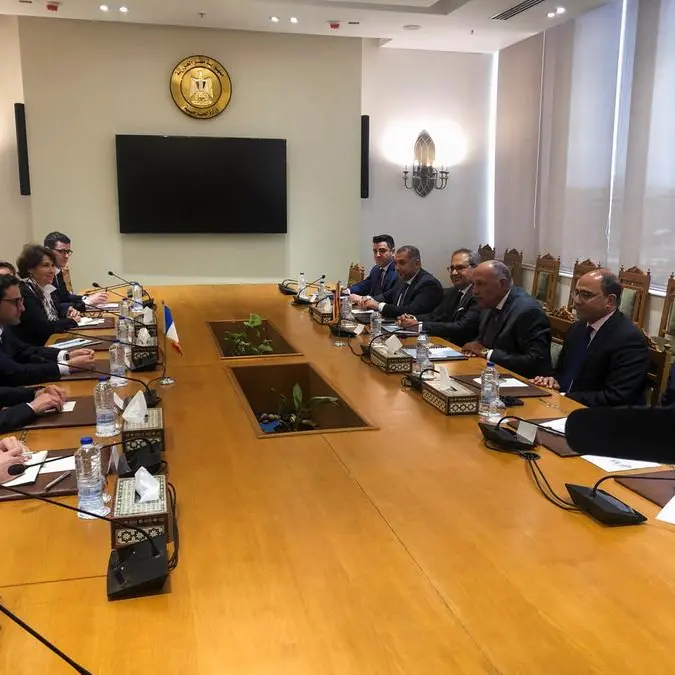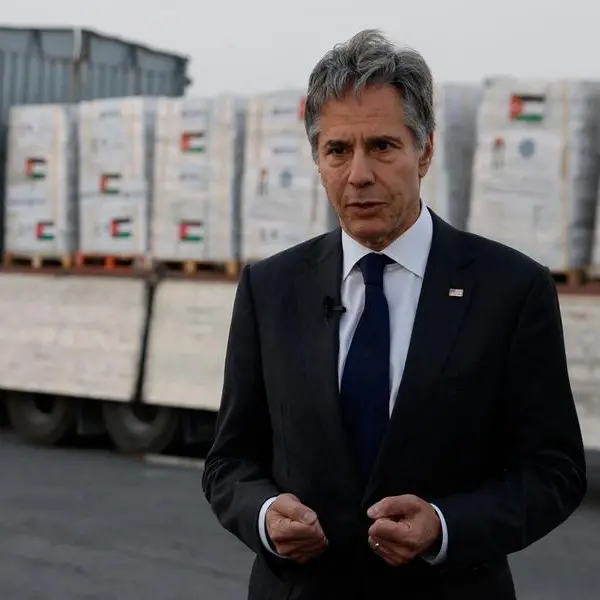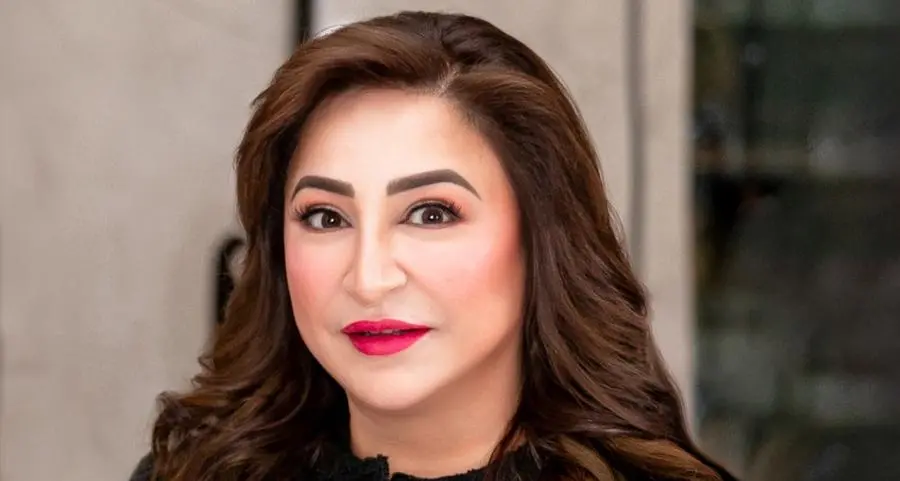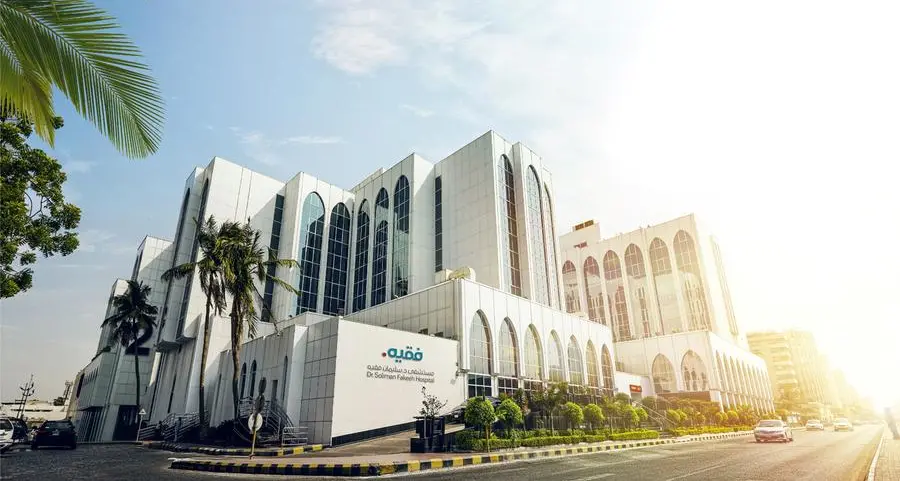PHOTO
For a photographer, the lens through which he sees the world is one of the most powerful mediums to communicate. Colours speak a language that needs no interpretation, and every image translates differently to its viewer. But what happens when these images become not just the single most significant voice a photographer possesses, but essentially the only tool to communicate?
For Ali Jadallah, a young photojournalist from Gaza, his heartbreaking images were the sole, and probably the most effective, means to relay the grim reality of his war-ravaged homeland. Whether it’s the arrested grief in the eyes of a young girl who mourns her brother, or a funeral of a man, the pictures reflect a haunting narrative. The two photos won Ali recognition at Sharjah Award for the Best Press Photo in 2013-14 for their touching and powerful representation of the Palestinian sorrows.
Recently, another disturbing image came to life: that of a screaming mother clutching her little girl while standing amidst crumbling blocks of a bombarded site in Gaza. The photo by Jadallah, along with another picture of people carrying injured and dead Palestinians from rubble, were listed among TIME’s top 100 photos of 2023. This recognition, for many, is a dream come true, but for Ali, it was a bittersweet moment.
“Of course, I was happy to know that my photos were selected among the top 100, but I wish these images portrayed the beauty of Gaza; I wish they were joyful photos,” he said.
The photographer has filmed Gaza in the depths of its blackout during the war. His stark videos and images of airstrikes are both graphically visual and horrifically real. The vivid image of the Gaza night sky lighting up with flares, a skeleton of a neighbourhood in the aftermath of airstrikes, and many such pictures that reflect the agony, despair and gloom in Gaza present a reality that leaves little to imagination. “Each photo I capture narrates a story,” the journalist had once written on his social media account. While preferring to keep his private life under wraps, Jadallah had to speak up when he himself became ‘the story’. Early in the war, as he was covering the airstrikes, his house, too, was reduced to rubble, killing his father and siblings, and leaving him and his surviving family homeless.
“The whole world died suddenly. There were no feelings, there were no colours, there was nothing. I tried to call my brothers, but I knew they were under the rubble. Then I heard my mother’s voice — and I felt there was still hope in this world. I managed to pull her out. She was the only one who survived. We never found my sister’s body,” Jadallah wrote on his Instagram account at that time.
Yet, despite this loss, the Palestinian in him became more resilient. Leaving his family in the south of Gaza, which was relatively safe at that time, Ali continued documenting the events of the war in the hope that the world will understand the profound tragedy that his people are suffering. “I wanted my photos to move the world and I wanted this (the war) to end. But despite all the photos I published this war continues,” he said.
Being a journalist in a war zone comes with its own set of challenges, but for journalists in Gaza, it’s far more traumatic and riskier given that the strip has now become one of the most dangerous places in the world. They are the eyes and the ears of Gaza, recording the tragedy as it unfolds. Risking their lives every day to document the fresh horrors of the war, the journalists are painfully aware of the fact that this could potentially be the last picture they are taking, the final video they could be shooting. Not only are they covering the killings and suffering of the people in Gaza, but there’s always a chance that many of them could be their loved ones.
But this knowledge has never deterred Jadallah from performing his duties. As a photojournalist for a news agency, he has courted danger several times in the past as well. Facing extreme challenges, the least of which was severe connectivity issues, he continues to share videos and images from his homeland, sometimes in real-time by going live on Instagram.
“Despite all the violence we have been witnessing, I have never thought of leaving Gaza. I was born and raised here, and now my family is buried here; I will never leave Gaza whatever happens,” he said when asked if he had ever thought of moving out of Palestine.
But as the war limps into the fourth month, the mood in Gaza has shifted from hope to despair to frustration and anger. The mental stress piles up brick by brick as tragic news continues to pour in.
“Every single day I receive news (of death) of a beloved person. Every single day my frustration and despair increases. The killing must stop; my heart can’t handle all this loss,” he said.
saadia@khaleejtimes.com
Copyright © 2022 Khaleej Times. All Rights Reserved. Provided by SyndiGate Media Inc. (Syndigate.info).
